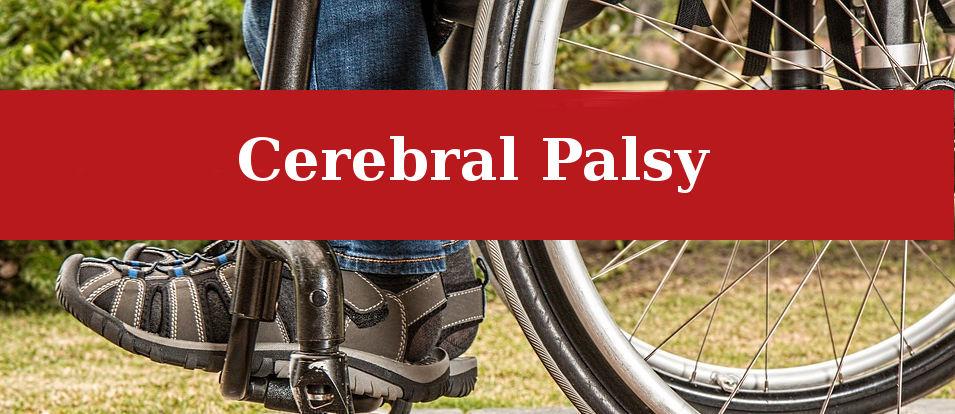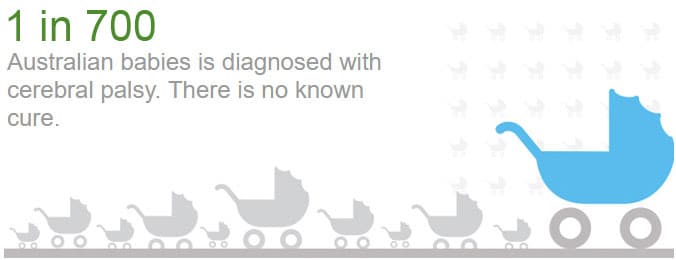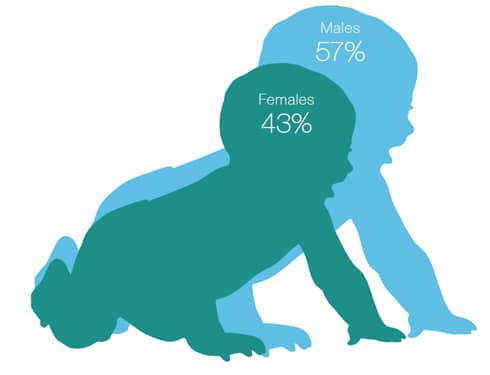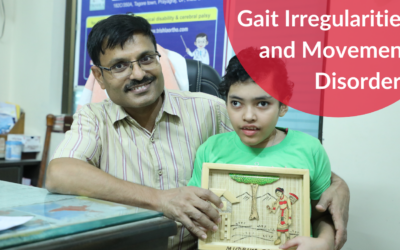What Is Cerebral Palsy?
Cerebral palsy is a bodily disability that affects function and posture.
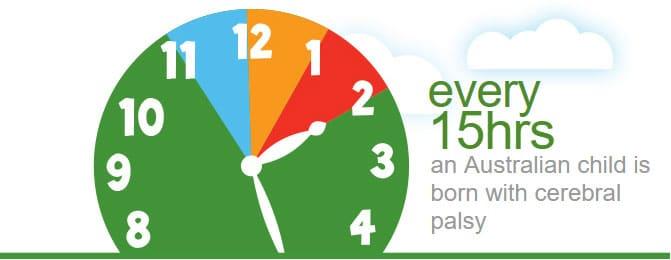
Cerebral palsy is the most general bodily disability in babyhood.
- 34 000 people are breathing with CP in Australia
- 17 million worldwide
In Australia, there are approximately 34,000 people with CP. Worldwide, the frequency of cerebral palsy is 1 in 700 births. There are presently 17 million citizens in the world who have cerebral palsy.
For most people with CP, the cause is unidentified. There is no identified treatment for CP.
Who Is At Greatest Risk?
It has been recognized that four groups, statistically, have a superior danger of CP.
- Males – Males are at superior risk of having CP
- Premature babies – Prematurity is linked with upper rates of CP
- Small babies – Little birth weight is associated with upper rates of CP. This may be an answer to prematurity or slow intrauterine growth. Around 42% of children with CP had low birth weight, compared to just over 6% of the Australian population
- Twins, triplets, and higher multiple births. 11% of children with CP were from multiple births, whereas the rate of multiple births is only 1.7% in the Australian population.
Is Cerebral Palsy Genetic/Inherited?
Family CP is unusual, around 1% of people with CP will have a sibling with the condition. It is even unusual in twins – when one twin has CP, 90% of co-twins will not have CP.
Anyway, these measurements, are sufficient to propose that there may be some genetic elements associated with cerebral paralysis.
Specialists typically trust that genetic demeanour to specific attributes, for example, rashness or heart issues, may begin a chain of occasions (causal pathways) that can result in a child having cerebral paralysis.

